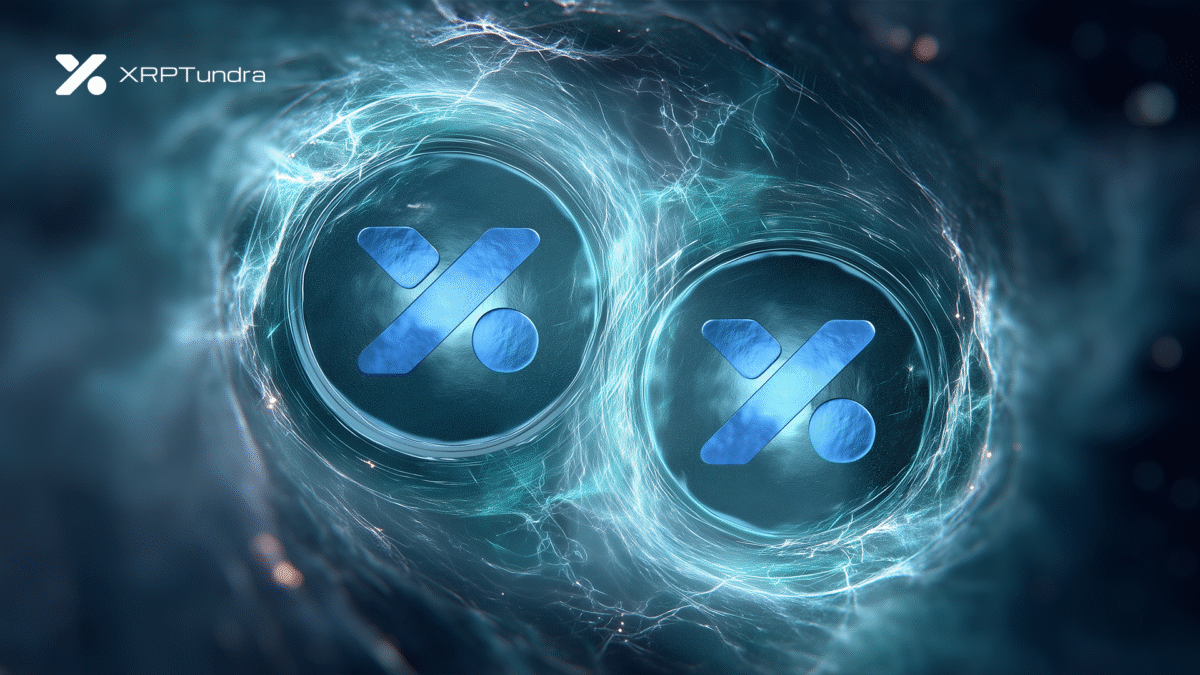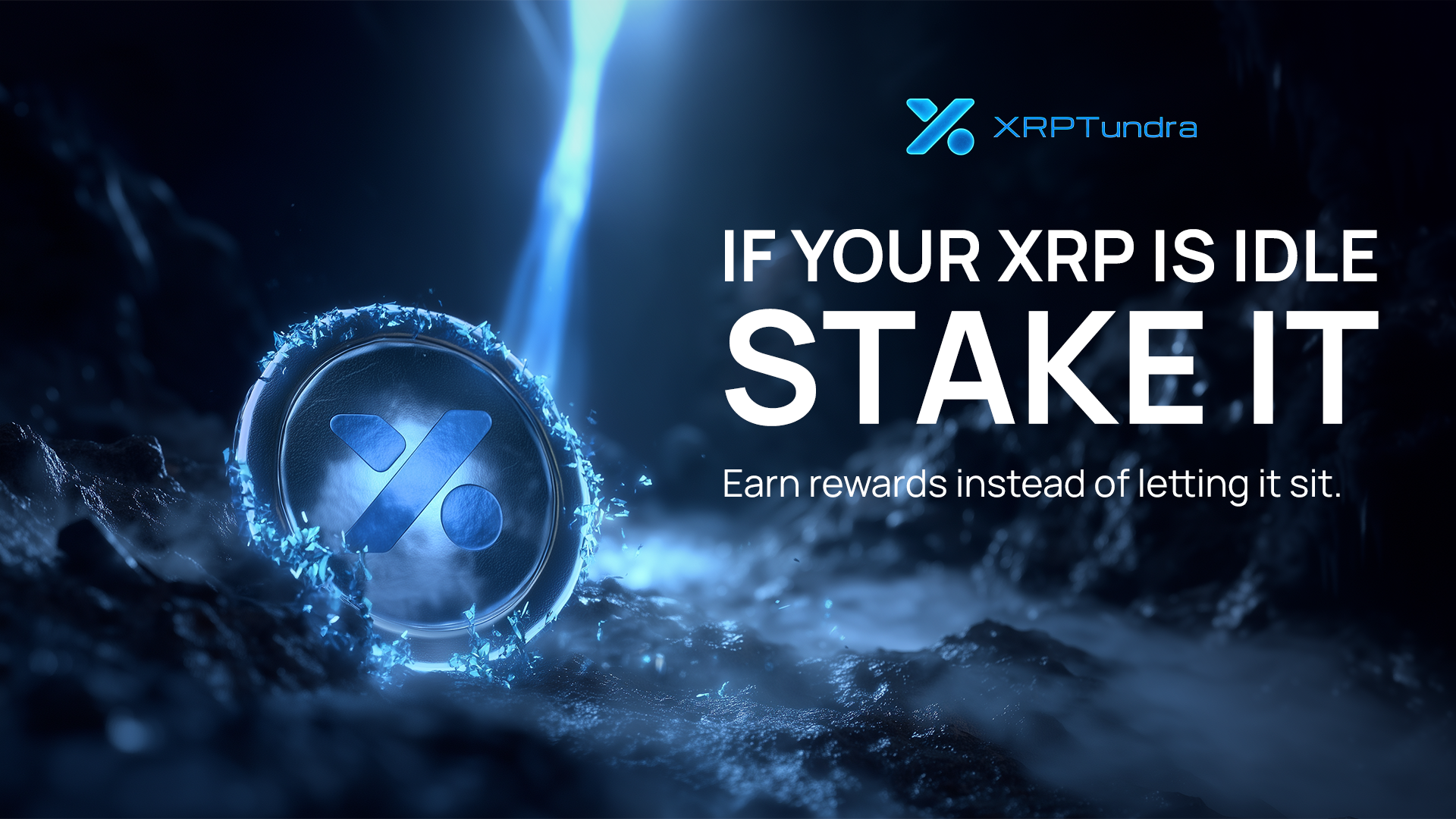Ripple’s ecosystem has reached a turning point. With the long-running SEC dispute finally closed and US exchanges relisting XRP, institutional confidence has returned. The network is stable again, focused on tokenized settlements and cross-border corridors that now move billions in daily volume. Yet beneath the surface, the ecosystem still lacks one thing it has never mastered — sustainable on-chain yield.
That gap is where XRP Tundra steps in. The project is not trying to replace Ripple’s infrastructure but to extend it, adding a decentralized finance layer that connects the XRP Ledger to high-speed Solana liquidity. Its dual-chain model introduces staking, governance, and real utility to a network that has mostly served as a payments backbone.
Ripple After Regulation: Stability Without Yield
The legal endgame in 2025 reshaped Ripple’s position. When the SEC and Ripple jointly dismissed their appeals in August, the 2023 district ruling stood: XRP sales on exchanges are not securities. The decision freed the token from years of uncertainty and opened the door to institutional reintegration. Liquidity improved immediately as major exchanges in the US, Europe, and Asia restored full trading.
Ripple has since doubled down on its business-to-business operations — On-Demand Liquidity, CBDC development, and tokenization of real-world assets. But while its infrastructure is stronger than ever, XRP’s DeFi layer remains thin. The network processes value efficiently, yet it offers no built-in mechanism for yield, staking, or on-ledger governance participation. This is the structural space that Tundra aims to fill.
Tundra Builds Where XRPL Stops
XRP Tundra’s architecture links Solana and the XRP Ledger into one functional ecosystem. Its two tokens divide responsibilities clearly: TUNDRA-X, issued on XRPL, anchors governance and reserves; TUNDRA-S, on Solana, handles yield and staking functions. This split allows Tundra to move capital between chains while staying tied to the XRP environment — effectively giving the Ripple network a programmable DeFi layer it never had before.
The model also mirrors how regulated systems separate control from utility. Reserves and voting power remain visible on the XRP Ledger, while Solana’s high throughput manages staking pools and transaction rewards. It is a design intended for transparency and compliance rather than speculation. In his recent video, Crypto Infinity noted that this dual-ledger setup finally gives XRPL a native yield extension without diluting its stability.
Cryo Vaults Give XRP Holders a Structured Path to Staking
At the center of this design are the Cryo Vaults, Tundra’s upcoming staking system that will let XRP holders and TUNDRA-S owners earn structured returns of up to 30 % APY. Rewards scale with lock duration through Frost Keys, programmable tokens that record staking periods and payout tiers.]
Although Cryo Vaults are not yet live, presale participants automatically secure activation rights once the system launches. This means early buyers position themselves to be the first wave of verified stakers within the XRP-linked ecosystem. For Ripple’s existing community — which has held XRP through years of regulatory waiting — it offers a legitimate on-chain yield route tied to a project that already speaks the language of audits and KYC.
Verified Code Meets Cross-Chain Expansion
Transparency is what links Tundra to Ripple’s institutional ethos. Every contract behind the project has been independently reviewed by Cyberscope, Solidproof, and FreshCoins. Team identity and documentation are confirmed through Vital Block KYC certification.
For traditional finance participants now exploring blockchain yield products under regulatory oversight, this level of disclosure is critical. It aligns with Ripple’s own preference for verified partners and risk-managed networks. In that sense, Tundra complements the existing ecosystem rather than competing with it — a bridge project that extends functionality while meeting compliance standards Ripple’s institutional clients expect.
Phase 6 Momentum Sets the Stage
The presale phase mirrors the project’s structured approach. TUNDRA-S is priced at $0.1 with a 14% token bonus, and participants also receive free TUNDRA-X quoted at $0.05 at no cost. Confirmed listing levels are $2.5 for TUNDRA-S and $1.25 for TUNDRA-X, defining the upside in advance. The campaign has drawn more than 11,000 participants, with over $1.2 million raised.
Each presale allocation provides entry to both networks — Solana for yield and XRPL for governance — giving the Ripple ecosystem its first native DeFi loop. Liquidity from Solana strengthens XRPL utility, and XRPL governance stabilizes Solana-side staking flows. Together, they form an ecosystem where cross-chain coordination replaces the single-chain limitations that have kept XRP’s role narrow.
Join over 11,000 participants helping XRP’s ecosystem evolve into full-scale DeFi:
Website: https://www.xrptundra.com/
Medium: https://medium.com/@xrptundra
Telegram: https://t.me/xrptundra
X: https://x.com/Xrptundra
Contact: Tim Fénix — contact@xrptundra.com
Disclaimer: This media platform provides the content of this article on an "as-is" basis, without any warranties or representations of any kind, express or implied. We assume no responsibility for any inaccuracies, errors, or omissions. We do not assume any responsibility or liability for the accuracy, content, images, videos, licenses, completeness, legality, or reliability of the information presented herein. Any concerns, complaints, or copyright issues related to this article should be directed to the content provider mentioned above.









